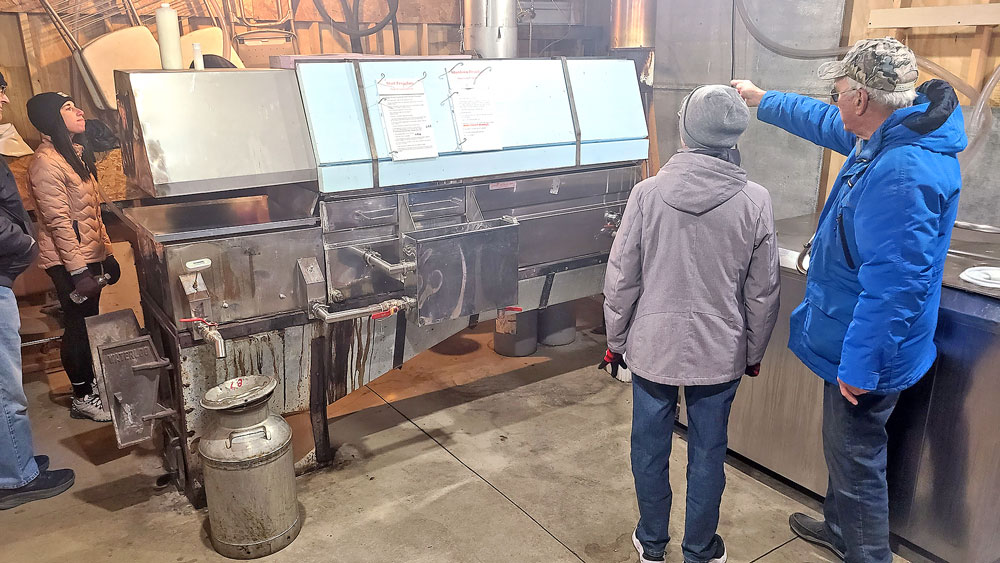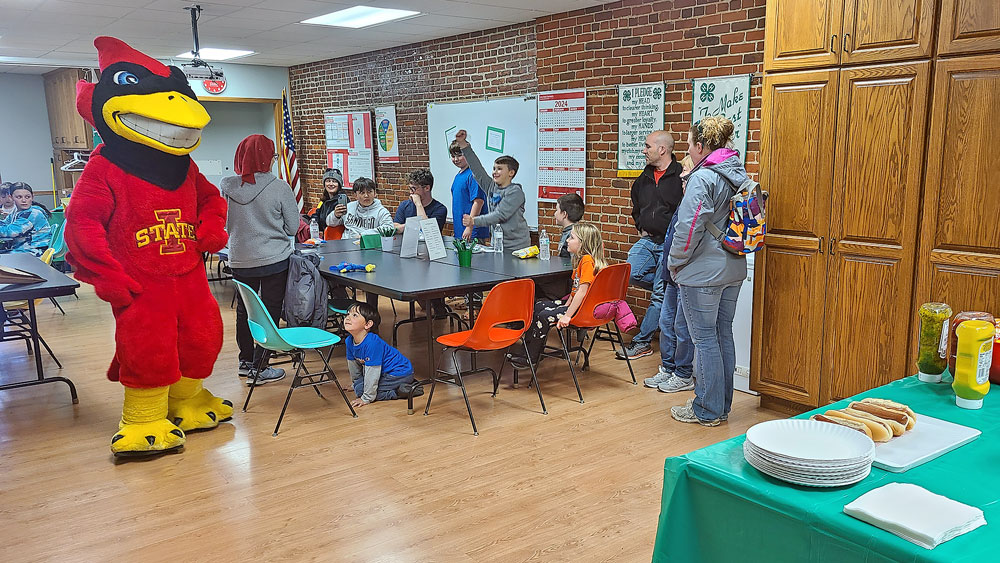Bonds approved, county looks to next steps on law enforcement center

This illustration shows where the new single-story law enforcement center and the atrium connecting the LEC with the courthouse will be built according to current design plans. The private residences at 111 S. Jackson St. and 101 S. Jackson St. will need to be purchased by the county and demolished. South Jackson Street between Gilbert Street and Court Street will have to be closed.
By Bob Steenson, bsteenson@charlescitypress.com
Now that Floyd County has $13.5 million to spend, the question is, what comes next?
Voters approved a referendum Tuesday authorizing the county to issue up to $13.5 million in general obligation bonds to build a new law enforcement center with a jail, and to do significant updates on the courthouse.
Supervisor Linda Tjaden, who has been one of the point persons on the project, said in an interview Thursday there are a number of questions that will need to be ironed out over the next couple of days and weeks.
“It’s kind of a process of what do we need to get started on, versus how we can proceed to get us to where we’re actually moving dirt,” Tjaden said.
The Omaha, Nebraska, planning firm of Prochaska & Associates has been working with the county on preliminary designs and providing guidance on running a successful bond referendum, but that contract is now completed.
“Of course they want that position,” Tjaden said about Prochaska doing the architectural work and designs for the actual construction. “There’s an advantage to having them do that because they have already been instrumental in getting us to this point. … But we do need to talk about that.”
She said the county attorney is checking whether the Board of Supervisors can award the design contract or whether the board will need to advertise for bids.
The construction contract for the project will need to be bid.
The three supervisors will discuss the process and what comes next at their planning session Monday morning.
“I think the date I’m looking at is that we start construction in spring of 2019, because that’s our obligation, that’s where the estimates have come from, getting dirt moving and starting work,” Tjaden said. “As far as opening, I keep saying 2020.”
One wrinkle is that the supervisors who will be making many of these decisions now may not be the ones who will be following the project to its completion.
Tjaden has two years after this year left in her term, but another supervisor, Mark Kuhn, is not running for re-election in November, and the other supervisor who is running for re-election, Doug Kamm, may face several opponents for the two seats available.
“That’s something I’ve been thinking about,” Tjaden said. “I don’t even know who I’m going to be working with. It’s such an unknown right now.”
One step to be completed along the way is the purchase of two residential properties needed to create enough space for the law enforcement center that will be built west of the courthouse.
The project will require that South Jackson Street be closed between Gilbert Street and Court Street. The former Davico lot at the northwest corner of South Jackson and Gilbert is already owned by the county, but there are two private residences along Jackson Street across from the courthouse, at 101 and 111 South Jackson, that will need to be purchased.
Tjaden said the County Attorney’s Office will handle negotiations for the purchase with the property owners. She said the county’s goal is to reach a negotiated sale price for the properties and not have to look at other methods where the county could force a sale.
Upfront costs such as the property purchase could be paid through the county’s general fund, then that fund reimbursed once the bonds are sold, she said.
The entire construction project will likely be completed in stages.
Detainees and the Sheriff’s Office will need to move out of the fourth floor of the courthouse into the new law enforcement center before work can begin removing the existing jail and remodeling that floor for other county departments, currently planned to be the County Attorney’s Office and the Clerk of Court.
Other courthouse work, such as new windows and a new heating and cooling system that will be shared with the law enforcement center, will probably be able to be done as the LEC is being built, Tjaden said.
Changes will be made to some county departments on other floors as well, because corridors and doorways will need to be added to pair up with the new atrium where elevators and restrooms will be located.
Tjaden said the other county departments will be welcome to provide input and suggest changes, but care will be needed to avoid adding projects that not been planned for and that were not part of the original budget considerations that led to the $13.5 million bond amount.
“You’re going to have departments that say, ‘I wish we could do this or do that,’” Tjaden said. “That’s a process that everything would have to go in front of the board (of supervisors) so whatever is finalized and agreed upon isn’t above and beyond.”
Technically, the board isn’t bound to build a law enforcement center that looks like the single-story structure that has been shown in informational sessions held throughout the county before the referendum, but Tjaden said that design was chosen because of its advantages, and it wouldn’t make sense to start over now with something different.
Still, she said, there are tweaks that can be made.
For example, she would like a public meeting space that could also be used for an emergency operations center in case of a disaster to be moved from the south part of the LEC when it currently is in the plan, to the north side, so that in case of a natural disaster such as a flood the room would actually look out over the river.
“I think that would add some value,” she said.
“What I don’t want to do is get into a position where we have a new architect coming in who says, ‘I just totally disagree with what Prochaska has done.’ Then we end up taking a step back.”









Social Share